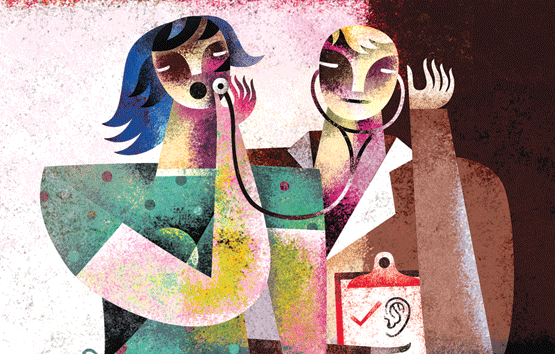by Carolyn Thomas ♥ @HeartSisters
 Once upon a time, whenever the good citizens of Belgium experienced puzzling symptoms (let’s say, twitching eyelids), they would turn to Dr. Google to find out what might be causing the symptoms. But the Belgian government, concerned about false and scary health information online, came up with a public awareness campaign that warned: “Don’t Google It. Check a reliable source!” This also included a referral link to a government health site that could help to correctly answer questions about twitching eyelids and other health issues.
Once upon a time, whenever the good citizens of Belgium experienced puzzling symptoms (let’s say, twitching eyelids), they would turn to Dr. Google to find out what might be causing the symptoms. But the Belgian government, concerned about false and scary health information online, came up with a public awareness campaign that warned: “Don’t Google It. Check a reliable source!” This also included a referral link to a government health site that could help to correctly answer questions about twitching eyelids and other health issues.
This campaign was what patient activist Dave de Bronkart (aka ePatient Dave) bluntly described at the time as “spectacularly wrong, insulting, misinformed and wrong-headed.” Continue reading “Dr. Google in the E.R.”


 I read recently about a conference on breast reconstructive surgery following mastectomy, to which not one single Real Li
I read recently about a conference on breast reconstructive surgery following mastectomy, to which not one single Real Li